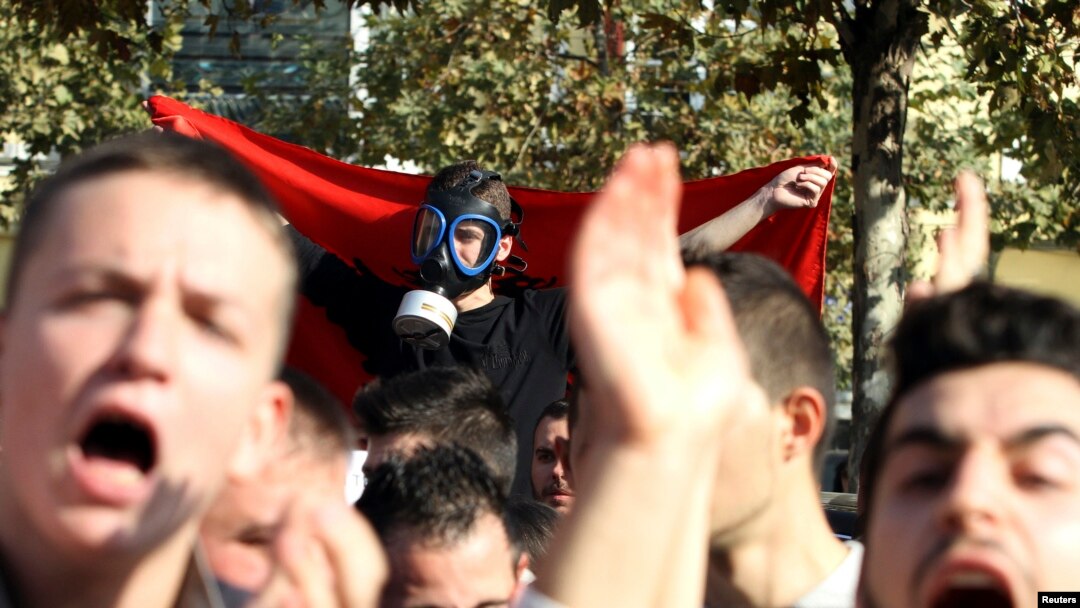An international chemical weapons monitoring group meets Friday in The Hague to decide on how and where to carry out the risky process of destroying Syria's chemical arsenal.
The Organization for the Prevention of Chemical Weapons has said the "most viable" option is for the weapons stockpile to be moved outside of war-torn Syria before being destroyed.
The Syrian government, which has submitted a detailed disarmament plan to the OPCW, shares that view. But the search for a third country willing to receive the weapons has so far not been successful.
On Thursday, Norway offered to send a navy frigate and a civilian cargo ship to Syria to help transport the weapons. Earlier, Oslo rejected a U.S. request that the stockpile be destroyed on Norwegian soil.
The OPCW's expected decision Friday represents the next step in a U.N.-backed plan under which Syria has agreed to destroy its poison gas and nerve agents by the middle of next year.
So far, Syria appears to have complied with the plan.
The OPCW has verified and inspected the contents of 22 of Syria's 23 declared chemical weapons sites. Safety and security concerns have kept inspectors from the final site, which Damascus says is abandoned. Syria also met a November 1 deadline to destroy equipment used to make the arms.
The U.N. Security Council adopted the wider U.S.-Russian disarmament plan following an August chemical weapons attack on a rebel-held area outside Damascus in which hundreds of people were killed.
Syria agreed to the deal to prevent airstrikes from the U.S., which blames President Bashar al-Assad for the attack. Assad blames the rebels.
More than 120,000 people have been killed in Syria since March 2011 while more than 2 million others have been forced to flee their homes.
Some information for this report was provided by AP and AFP.
The Organization for the Prevention of Chemical Weapons has said the "most viable" option is for the weapons stockpile to be moved outside of war-torn Syria before being destroyed.
The Syrian government, which has submitted a detailed disarmament plan to the OPCW, shares that view. But the search for a third country willing to receive the weapons has so far not been successful.
On Thursday, Norway offered to send a navy frigate and a civilian cargo ship to Syria to help transport the weapons. Earlier, Oslo rejected a U.S. request that the stockpile be destroyed on Norwegian soil.
The OPCW's expected decision Friday represents the next step in a U.N.-backed plan under which Syria has agreed to destroy its poison gas and nerve agents by the middle of next year.
So far, Syria appears to have complied with the plan.
The OPCW has verified and inspected the contents of 22 of Syria's 23 declared chemical weapons sites. Safety and security concerns have kept inspectors from the final site, which Damascus says is abandoned. Syria also met a November 1 deadline to destroy equipment used to make the arms.
The U.N. Security Council adopted the wider U.S.-Russian disarmament plan following an August chemical weapons attack on a rebel-held area outside Damascus in which hundreds of people were killed.
Syria agreed to the deal to prevent airstrikes from the U.S., which blames President Bashar al-Assad for the attack. Assad blames the rebels.
More than 120,000 people have been killed in Syria since March 2011 while more than 2 million others have been forced to flee their homes.
Some information for this report was provided by AP and AFP.




